
Investigating Terao’s Freeness Conjecture With Computer Algebra
Published Apr 21, 2021
Lukas Kühne
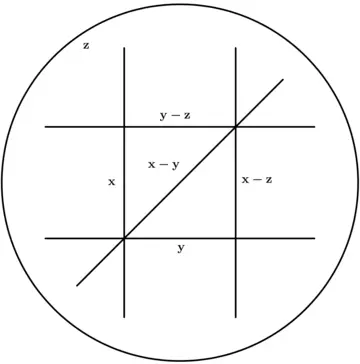
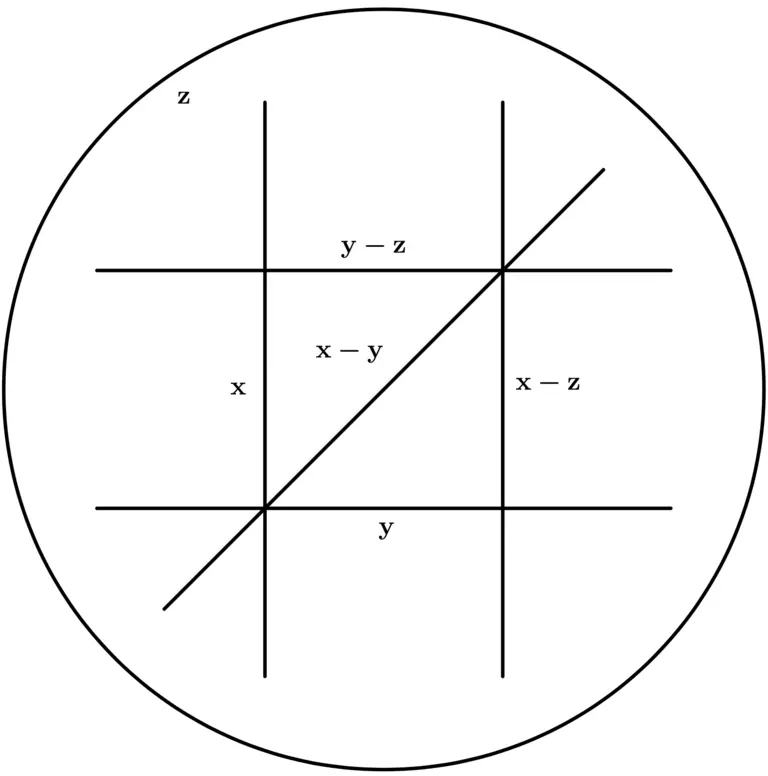
In computational mathematics, one often encounters the problem of scanning (finite but) large sets of certain objects. Here are two typical scenarios:
- Searching for a counter-example of an open conjecture among these objects.
- Building a database of such objects with some of their invariants.
Recognized patterns and questions which a database answers affirmatively may lead to working hypotheses or even proofs by inspection. This research brief describes an instance of this principle in an ongoing research project with Mohamed Barakat in which we investigate hyperplane arrangements through a database [1, 2, 3].
A hyperplane arrangement is a finite set of hyperplanes containing the origin in some ambient vector space. The theory of hyperplane arrangements naturally lies at the crossroads of algebra, combinatorics, algebraic geometry, representation theory, and topology. We are specifically interested in the interplay between the combinatorial and algebraic properties of an arrangement motivated by Terao's freeness conjecture.
As an example, let us consider the braid arrangement
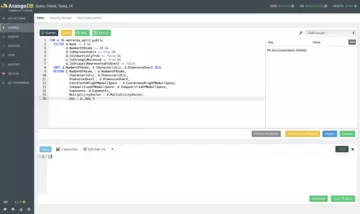
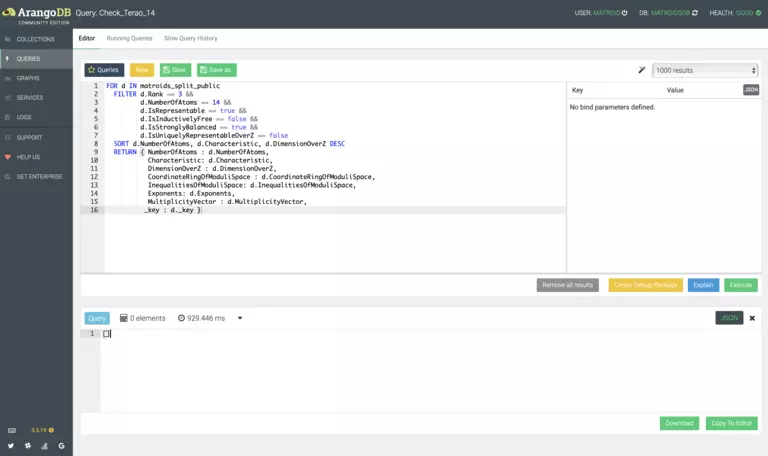
Combinatorially, an arrangement gives rise to a matroid. In general, a matroid is an abstraction of linear independence in vector spaces. In our case, it can be thought of as a graph that records incidences between the hyperplanes and the lower-dimensional subspaces, which arise as intersections of these hyperplanes.
Motivated from singularity theory, K. Saito introduced the notion of a logarithmic derivation of a hypersurface. Terao subsequently pioneered the study of such logarithmic derivation in the special case of hyperplane arrangements. These derivations are vector fields which are parallel to all involved hyperplanes. The collection of all derivations forms an algebraic structure called a module. In the case of the braid arrangement considered above, this module of derivations is free; that is, it admits a basis like in the case of vector spaces. In this case, we call the arrangement free. It turns out that in a nice situation, such as when the hyperplanes are the symmetry hyperplanes of a crystal-like structure, the arrangement is always free.
Over the years, remarkable connections were established between the freeness of an arrangement and related arrangement properties. However, it is fair to say that it is still quite mysterious to understand which arrangements are free and which are not. This is manifested in the main open conjecture in this area formulated by Terao about
Our strategy to investigate this conjecture in dimension
- We generated all possibly relevant matroids in dimension
- For each such matroid, we determined all corresponding hyperplane arrangements.
- We checked whether the arrangements coming from one matroid are either all free or nonfree.
This approach enabled us to verify Terao's freeness conjecture for the first time for rank
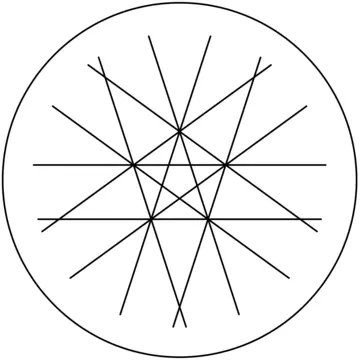
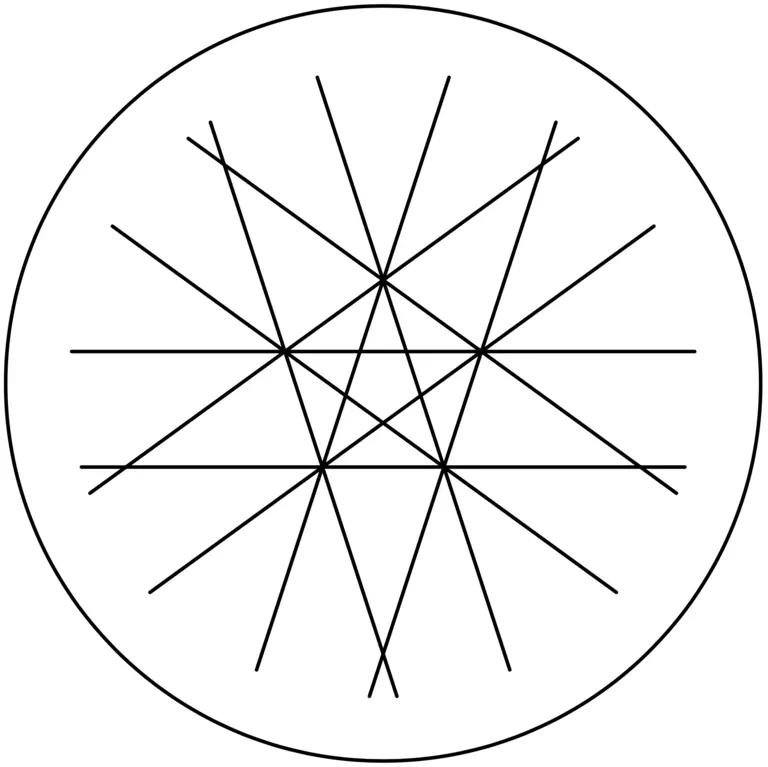
Interestingly, we found a new example of a matroid whose freeness is dependent on the underlying field. This is the so-called pentagon arrangement depicted in Figure 3. All corresponding hyperplane arrangements are free in all fields of characteristic not equal to
References
| [1] | Mohamed Barakat, Reimer Behrends, Christopher Jefferson, Lukas Kühne, and Martin Leuner. On the generation of rank 3 simple matroids with an application to Terao's freeness conjecture, to appear in SIAM Journal for Discrete Mathematics. MIS-Preprint: [88/2020] |
| [2] | Mohamed Barakat and Lukas Kühne. |
| [3] | Mohamed Barakat and Lukas Kühne. Computing the nonfree locus of the moduli space of arrangements and Terao's freeness conjecture, in preparation. |
Scientific Contact
Related Content
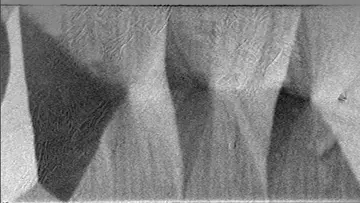
Universality of the Magnetization Ripple Universality of the Magnetization Ripple
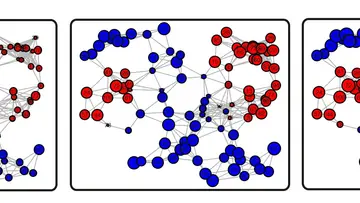
Opinion Models in Odycceus: Social Feedback and Polarization Opinion Models in Odycceus: Social Feedback and Polarization
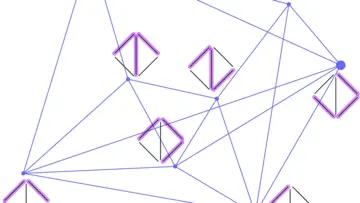
The Ubiquity of Linear Orders in Combinatorics The Ubiquity of Linear Orders in Combinatorics
